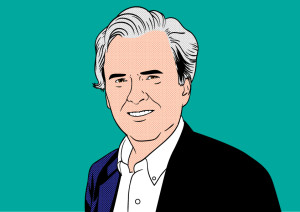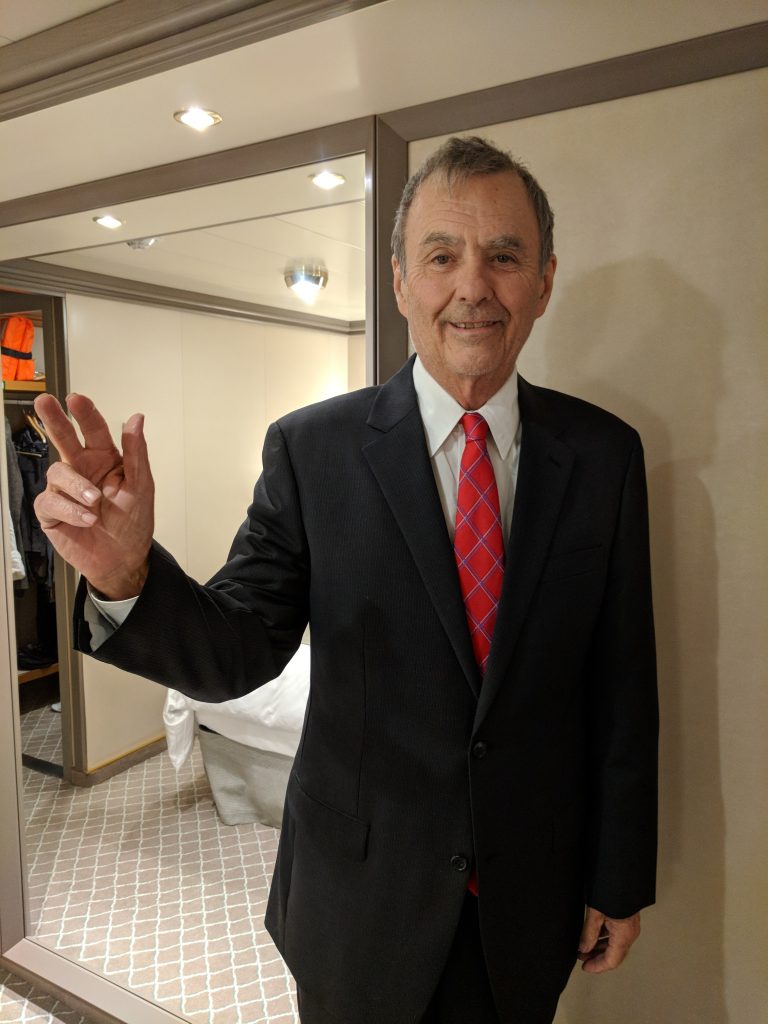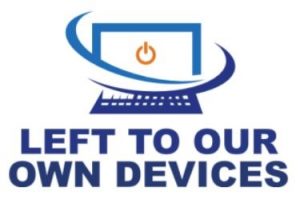Cruising 101: The How To Guide
By Robert McGarvey
Horrors, the horrors. I read the recent JoeSentMe “first cruise” column by David Danto – “More Bruisin’ Than Cruisin’” – and my sympathy is profound. He says of his ship that it was “well – honestly – a toilet. I use that term not only because of how bad the ship’s condition was, but because of the constant smell everywhere. Our teeny, tiny cabin was so small that you could only get out of the bed on one side. It had worn and water-damaged walls, inoperable lights, and its one electrical outlet was as far away from the bed as you could get.”
Ouch.
There are ways to avoid such a fate – we’ll get into that momentarily – but, first, know that for around a dozen years I wrote an Ombudsman column for Porthole Cruise Magazine and my email box overflowed with complaints that often ran similar to Danto’s.
It happens on cruises.
It happens way too often and it costs people both money and vacation days.
I have been lucky. It has never happened to me and I’ve been on a lot of cruises, at all price points, everything from ultra luxury to an old ship that operated as a “semester at sea” vessel for a non descript college and when school wasn’t in session they ran cruises on it. (It was dated but actually quite pleasant.) I’ve also sailed a little known Chilean small ship down the Chile coast to Patagonia, a superyacht up the Napa River (it was supposed to also go into the Petaluma River but there wasn’t enough water), and just recently an ultra luxury vessel (roughly $1000 per head per night) from Montreal to New York, in late October and, yes, it snowed in Quebec City, hit freezing in Montreal, and rained torrentially in Bar Harbor.
How to avoid an unpleasant cruise? Here’s the advice I gave Porthole readers. It’s what I do when planning a cruise.
Start by researching, in some depth, the ship you will sail on. We all think, oh, the ship doesn’t matter, we’ll spend all our time in ports. The ship matters. Crucially. You will eat most meals on it. You will sleep on it. You will shower in it. You may use the fitness center, get a spa treatment, possibly play blackjack for money (I never have on a ship but I have seen many who do). You may also get sea sick (I also have never done this but I have an abnormal constitution in that regard).
How does price impact ship accomodations? More expensive ships have bigger cabins – usually much bigger bathrooms – and much more attentive staffs (who are better trained and often speak better English). But I’ve had a pleasant cruise on a budget priced Carnival ship. I can’t promise that spending more insures a better cruise, just as I won’t say a cheaper cruise is worse. Go back, read the reviews and keep reading. Ships do vary in character every bit as much as hotels do, even hotels under the same marque. Research before booking pays dividends.
Afraid of sea sickness? Danto vividly related his personal sufferings and that’s a terrible thing. But there are steps to take to possibly avoid it.
Research the ship and sea sickness. Small vessels generally have more of it. Cabins in midship generally suffer less. Newer ships generally have better stabilizers. But if sea sickness is a personal problem, buy OTC meds and/or wrist bands. If it’s really an issue, get a prescription from a doc at home before sailing. All cruise ships have on board physicians by the way but office hours generally are limited and while some freely dispense anti nausea meds, others don’t. I recommend dealing with this at home before sailing.
If you don’t know your susceptibility to sea sickness, bring a box of the OTC pills and/or a wrist band. Just in case.
Also research the ports – and be aware that port calls do get cancelled, typically because of bad weather. I was on a Panama Canal cruise where three port calls – including Nicaragua, which I really wanted to see and I guessed this was going to be my only chance – were cancelled due to bad weather. On my recent Montreal cruise two port calls were cancelled. It happens. Never count on a particular port call. Never.
Weather, as you’ve guessed, is the wild card on any cruise. That’s why port calls are cancelled – probably because the ship cannot safely dock or, sometimes, because it can’t safely deploy tenders which are little ships that can sail into tiny ports that don’t accept big vessels. Weather is also the why of sea sickness.
Me, I’ve learned to accept the weather, whatever turns up. You can’t fight what you can’t control.
Follow my advice – mainly to do research and more of it – and is a good cruise guaranteed? Of course not. But, as I said, I’ve never had a bad cruise and, curiously, my favorite is a cruise I took maybe 18 years ago aboard Renaissance in the eastern Med. It went belly up in 2001 and probably was on life support when I cruised with them.
But it was a damn fun cruise anyway. Even though I probably wouldn’t have taken it if I’d researched the line’s financial condition.
Let’s hope your next cruise is likewise.


